
This blog post is written by dietetic intern, Madeline Lowney.
I used to completely overlook frozen produce. That changed when I started working at a strawberry company, and, suddenly, had more strawberries than I could ever eat and a dilemma:
WHAT TO DO WITH THEM ALL?
Besides giving them away to everyone and anyone, my solution was to freeze them.
That led me to endless experimentation with frozen fruits–jams, salad dressings, smoothies, and everything in-between–and a new appreciation for frozen fruits and vegetables.
THERE ARE SO MANY REASONS TO LOVE FROZEN FRUIT AND VEGGIES.
It’s a common misconception that frozen produce is inferior to fresh fruit and vegetables.
In reality, frozen fruit and veggies are just as amazing as fresh fruits and vegetables, and have some unique benefits.
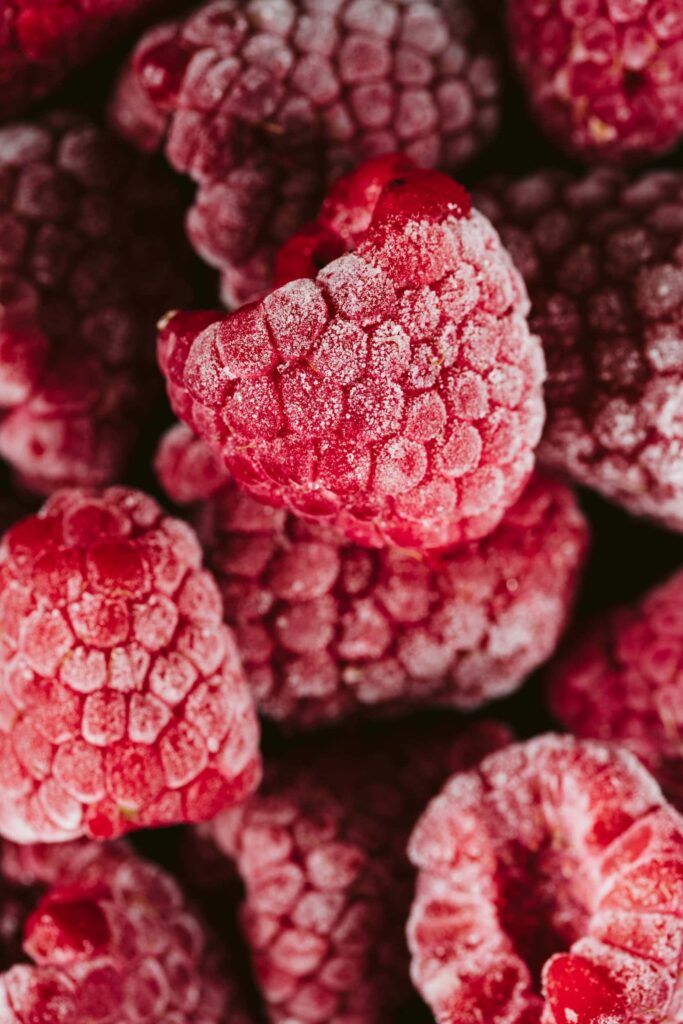
1. They’re always in season
There is no “best” fruit or vegetable for health (check out my post on this here), because each fruit and vegetable brings its own set of nutritional benefits: antioxidants, vitamins, minerals, and fiber. Eating a variety of fruit and vegetables allows you to consume a balanced diet, without stressing about the exact fruit or vegetables you’re choosing at every single meal.
This is where frozen fruit and vegetables come in. You can easily toss in a handful of blueberries in your yogurt or add some frozen broccoli to a stir fry to increase variety in your meals.
Most produce isn’t grown locally year-round. This means that fresh varieties will be transported from other regions post-harvest, or simply unavailable, and cost more due to both low supply, and transportation costs. Plus, taste and nutrition often decline when produce is transported this way.
When frozen, you get much more diversity. Local and seasonal produce is grown when local climate permits, then frozen at peak freshness to be used all year round.
Consider blueberries: Maine wild blueberries can be grown in the late summer, then frozen to be enjoyed all year round. On the flip side, fresh blueberries are found in New England only in late summer (that is why most berries sold fresh come transported from California, Mexico, or Florida during colder months – and will often be more expensive to be transported from farther away!).
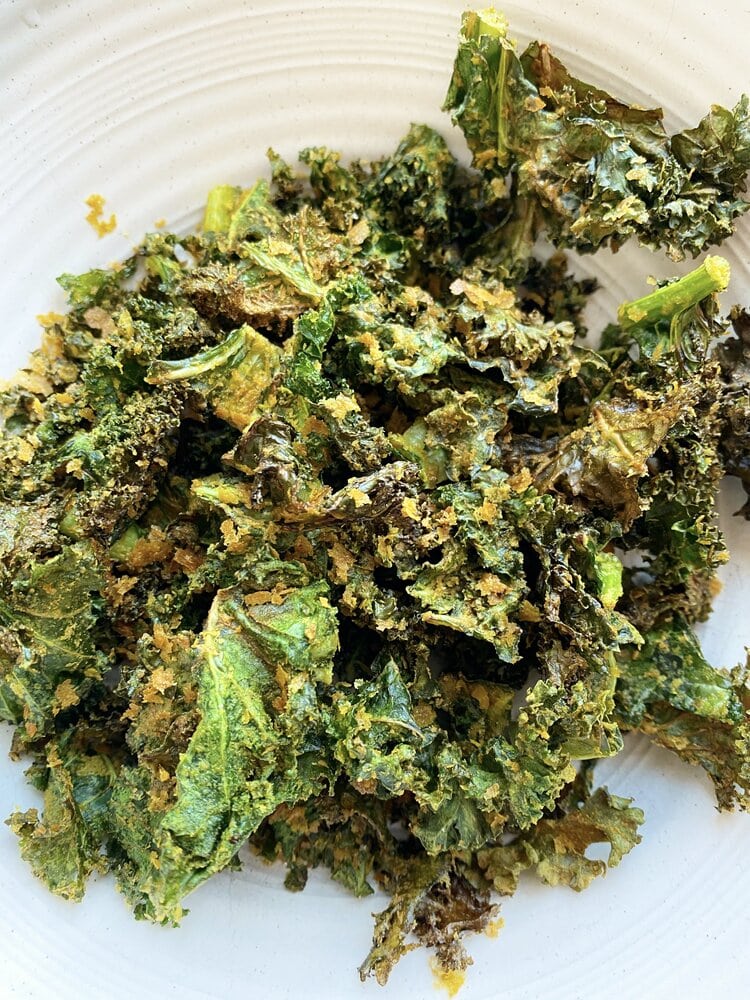
2. They can simplify meal and snack prep
Frozen fruit and veggies can even streamline meal prep. They offer pre-sliced and/or trimmed options that are ready to toss into your stir fry, smoothie, pasta, or ice cream bowl–no dirtying a cutting board, peeling, or rinsing required!
Instead of wasting time de-stemming and chopping kale, frozen kale comes pre-chopped and ready to go. How’s that for easy?!
Plus, frozen produce is typically cheaper than fresh – meaning that while pre-chopped, fresh kale may be more expensive, pre-chopped frozen kale is still a relatively cheaper option.
Try adding frozen spinach to a smoothie – you can even prep smoothie ingredients ahead of time and store them in your freezer when ready to blend.
Or, add pre-cut veggie blends to pasta, stir fries or even canned soups for fast, filling meals.
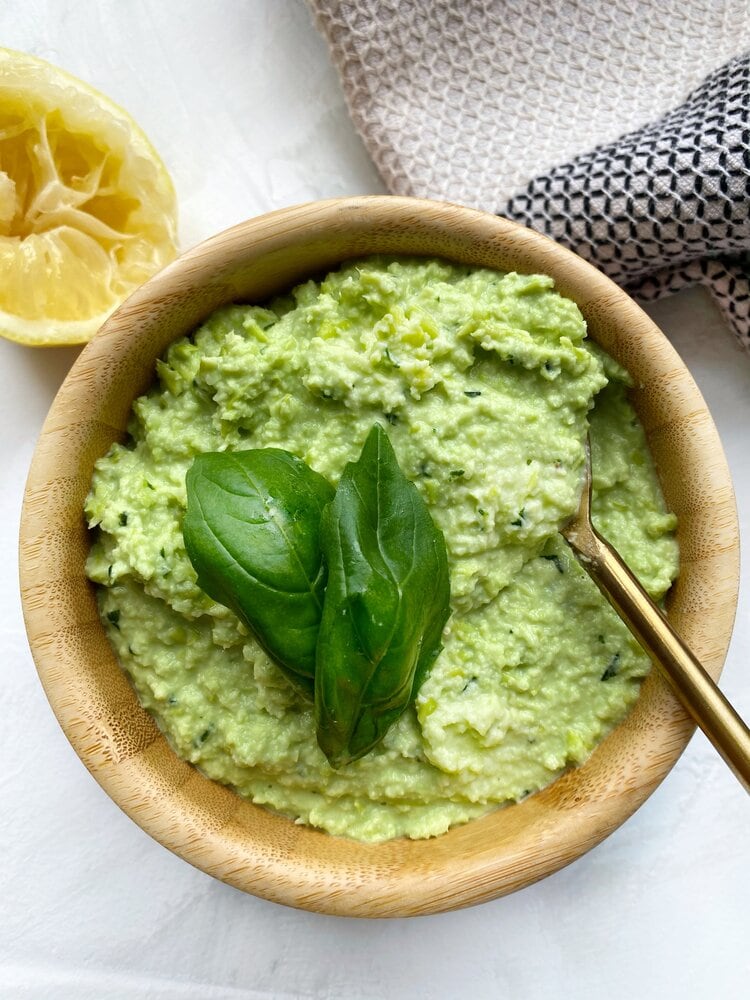
3. They keep food cost and food waste low
Who’s been there: you buy a carton of $10 strawberries that looked amazing at the store, but after a few days, they start going bad before you’ve even had a chance to eat them. Aaaaand there goes $10.
Buying frozen produce is a great way to avoid this dilemma. The freezing process “freezes” the ripening process, preventing them from degrading over time. Frozen fruit and vegetables can last for months in your freezer.
Multiple studies on food waste have shown significantly less food waste when frozen fruits and vegetables are purchased (vs. their conventional counterparts), as reported by a 2023 Cornell review.
This helps farmers, too, as they’re able to freeze surplus from large harvests. To understand this concept, I reference back to my home garden’s massive peach tree, which produced dozens of peaches that were all ripe at the same time. Instead of attempting to all of those peaches in one week, my family slices and freezes them to enjoy year-round. Food waste – eliminated.
Lastly, frozen fruit and vegetables are cost saving due to their lower prices, as well! Prices for out of season fruit – like strawberries in the winter – can often nearly double vs. seasonal pricing.
This means that the most affordable ways to eat produce are to 1) buy frozen, 2) buy seasonally, or 3) buy seasonally and freeze for later use.
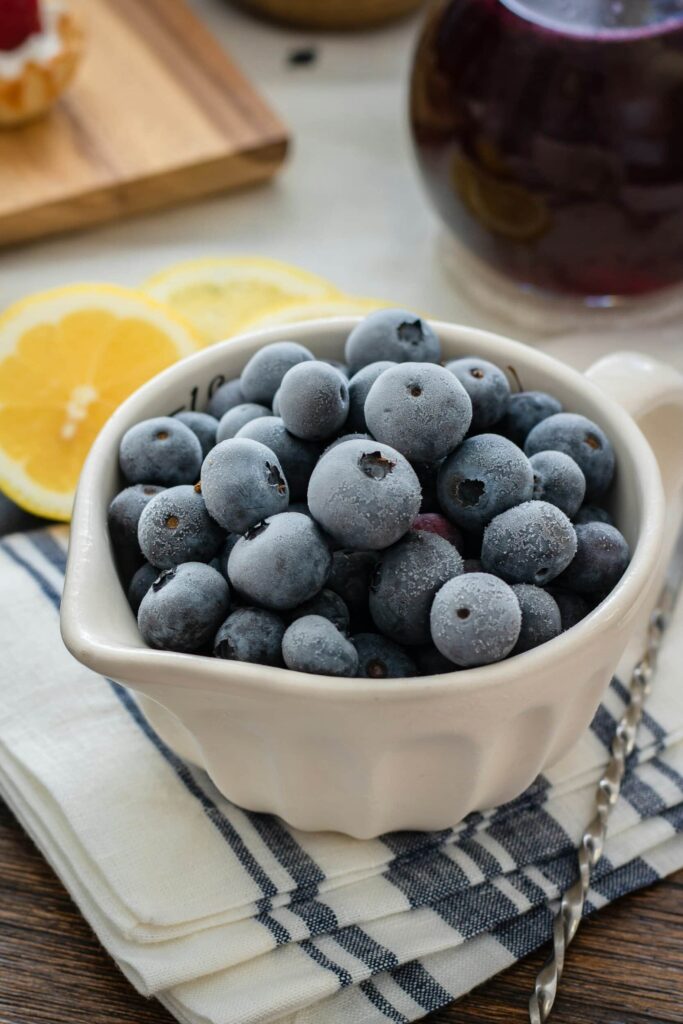
4. Great way to maintain flavor, freshness, and nutrients
From a nutrition standpoint, frozen fruit or vegetables are comparable to conventional counterparts. Freezing prevents the degradation of vitamin C, folate, and antioxidants like beta-carotene and flavonoids. This means you get fruit and vegetables with the same (and sometimes greater, depending on storage time) nutrient benefits as fresh.
Plus, freezing is one of the few preservation methods that does not involve the addition of salt or sugar, or the removal of water, (like canning, pickling, and drying), meaning that it doesn’t alter the nutritional value of fruits and vegetables, either.
When fruit and vegetables are frozen, the water contained within their plant cells crystallizes as ice, breaking their cell walls. This changes the texture of frozen produce, but doesn’t affect its flavor, freshness or nutrient profile.
Not only are frozen fruit and vegetables just as nutritious as fresh, but often, they taste better and retain more nutrients too.
Instead of buying out of season blueberries in the winter – that won’t taste as great and will lose some of their nutrients during transport from where they’re grown and in season – frozen blueberries are picked and preserved right at their peak. This means they taste just as good and offer the same nutrients as fresh, in-season blueberries.
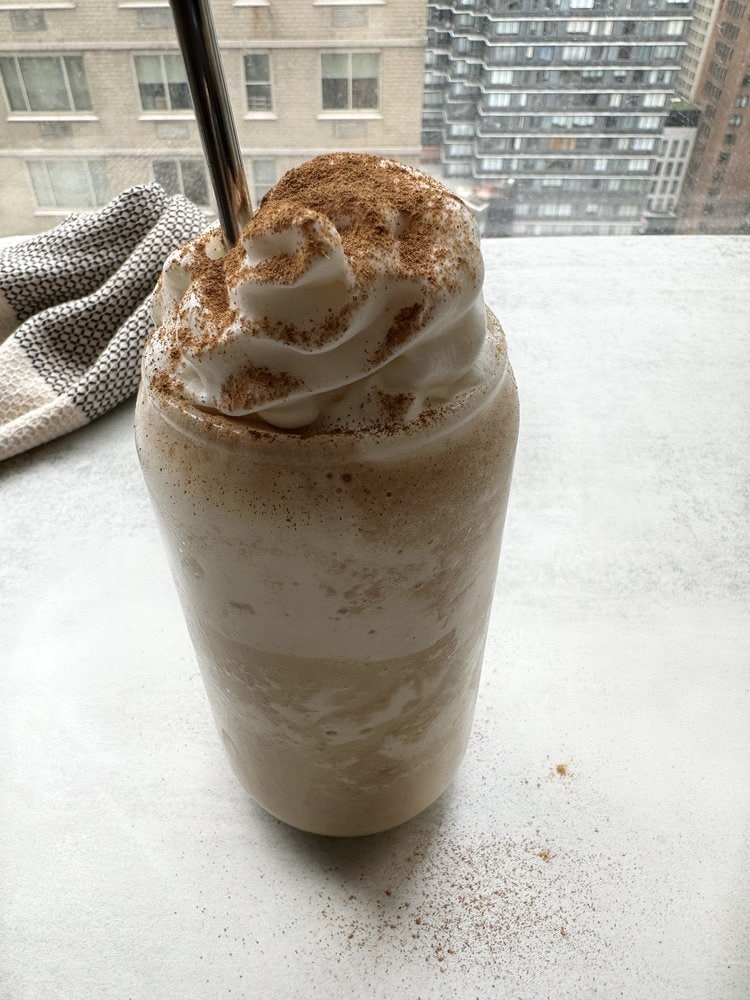
5. Endless recipe possibilities
There are so many different things you can make with frozen fruit and veg.
Instead of adding ice to a smoothie, adding frozen fruit results in a refreshingly-cold smoothie that is easy to blend and comes out super thick. Or, try neutral-tasting frozen veg like kale, spinach, cauliflower and zucchini. They help to make smoothies thick, but you can’t taste them once blended.
And did you know: the lower the water content of your fruit, the more creamy it will be when it freezes. This means that fruit like bananas, coconut, and mangos – which are less than 80% water – will be much smoother and creamier in smoothies than hydrating fruits like watermelon or citrus.
Additionally, because water from frozen fruit can escape the fruit’s cell walls, frozen fruit adds a great juiciness to baked goods and sauces. Use it to add flavor your a bowl of cereal, a yogurt parfait, or even in banana bread.
And lastly, while simply microwaving frozen veg often results in a mushy texture, don’t give up on frozen veg just yet. Try drizzling your frozen veggies with olive and sautéing or roasting them. They end up just as crispy as fresh!
You can use a frozen pea and carrot blend in fried rice, or quickly whip up a batch of roasted frozen broccoli to pair with any meal.
The bottom line:
Frozen fruit and vegetables are a great option. They’re less expensive, longer lasting, and they often have as many nutrients and as much flavor as fresh.
Don’t let unnecessary fear mongering make you feel like you only have to buy fresh produce. Frozen is a great option too.
Written by Dietetic Intern, Madeline Lowney

Madeline is a dietetic intern and nutrition and dietetics graduate student at New York University, and holds a Bachelor of Science in Nutrition and dietetics from New York University.
Although originally from Massachusetts, she has experience at Manhattan michelin-bib farm-to-table restaurant abcV, and New Jersey-based Oishii Japanese berry vertical farm. Her down-to-earth upbringing emphasizing gardening, alongside her fascination with biochemistry, inspired her passion to use evidence-based nutrition to promote physical and mental health.
Outside of nutrition, she loves to hike, spend time with her dogs (a cockapoo and rescue golden-retriever-mix).

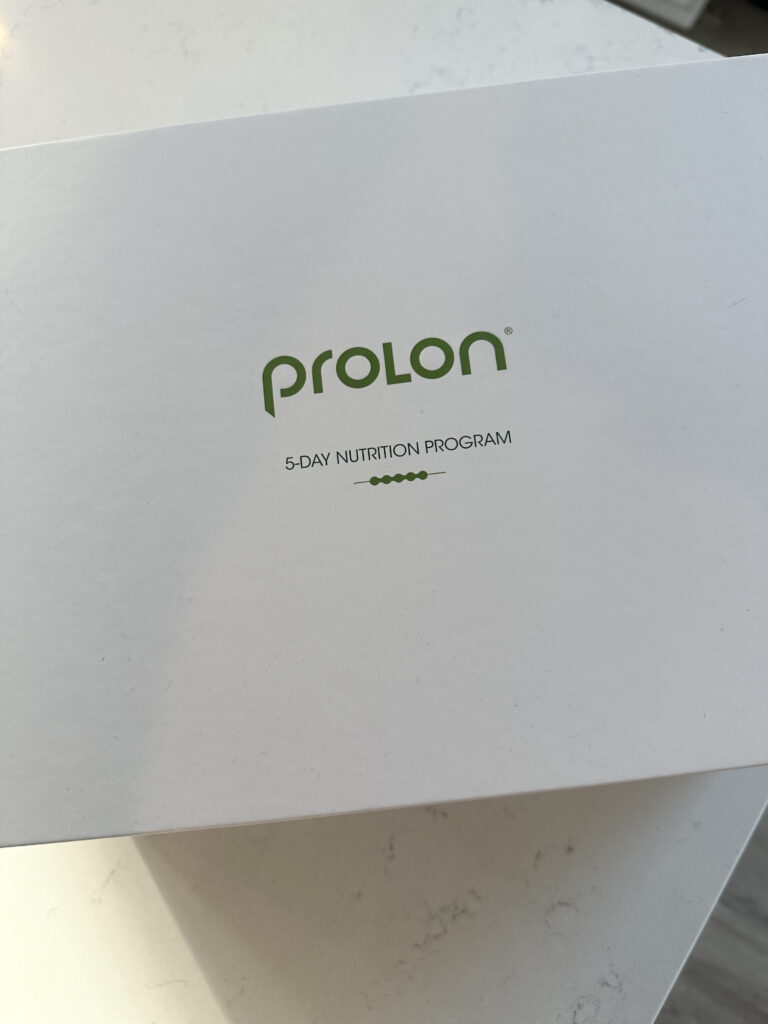

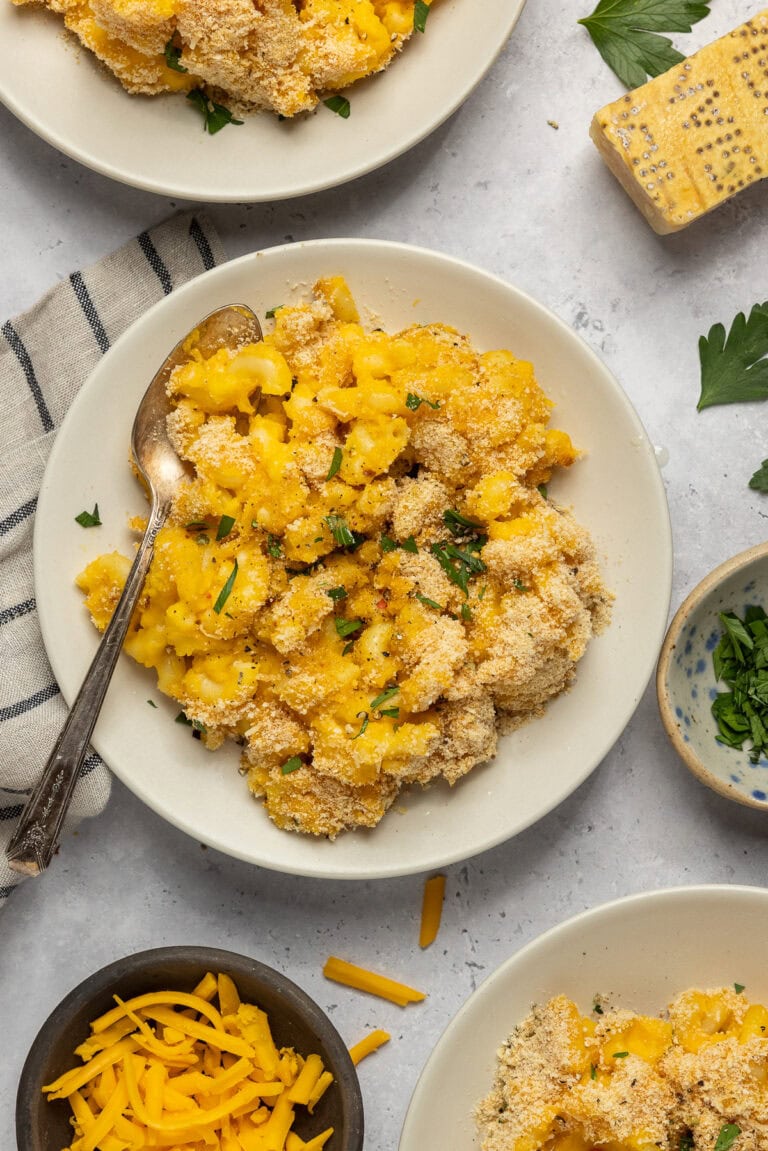
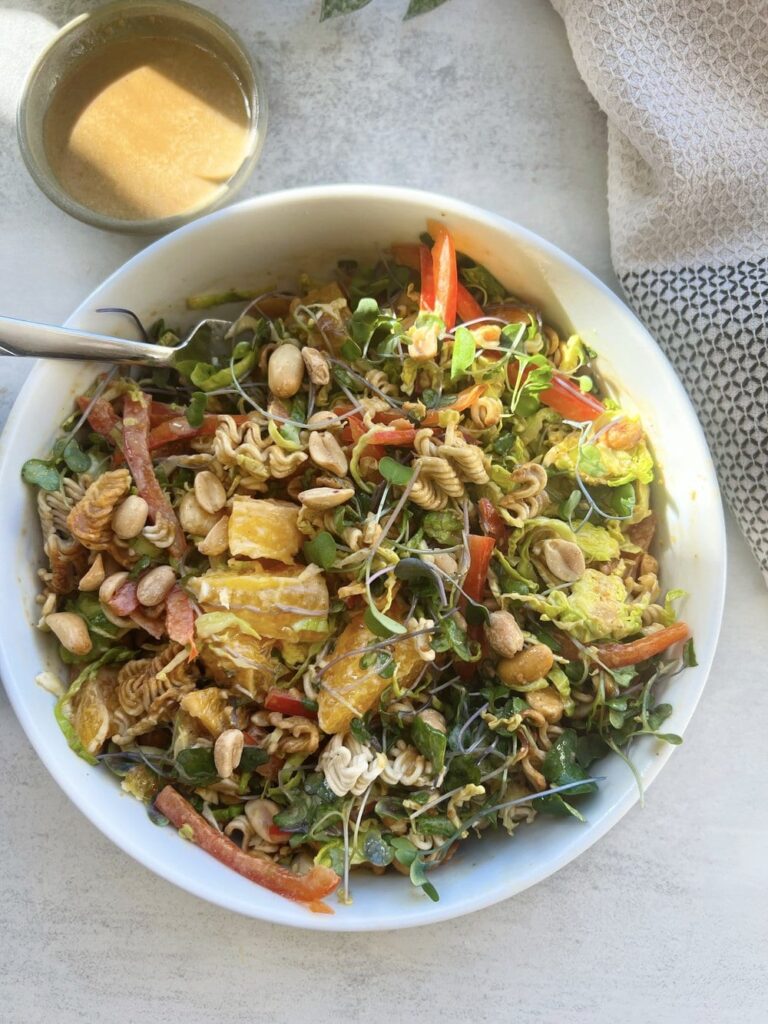
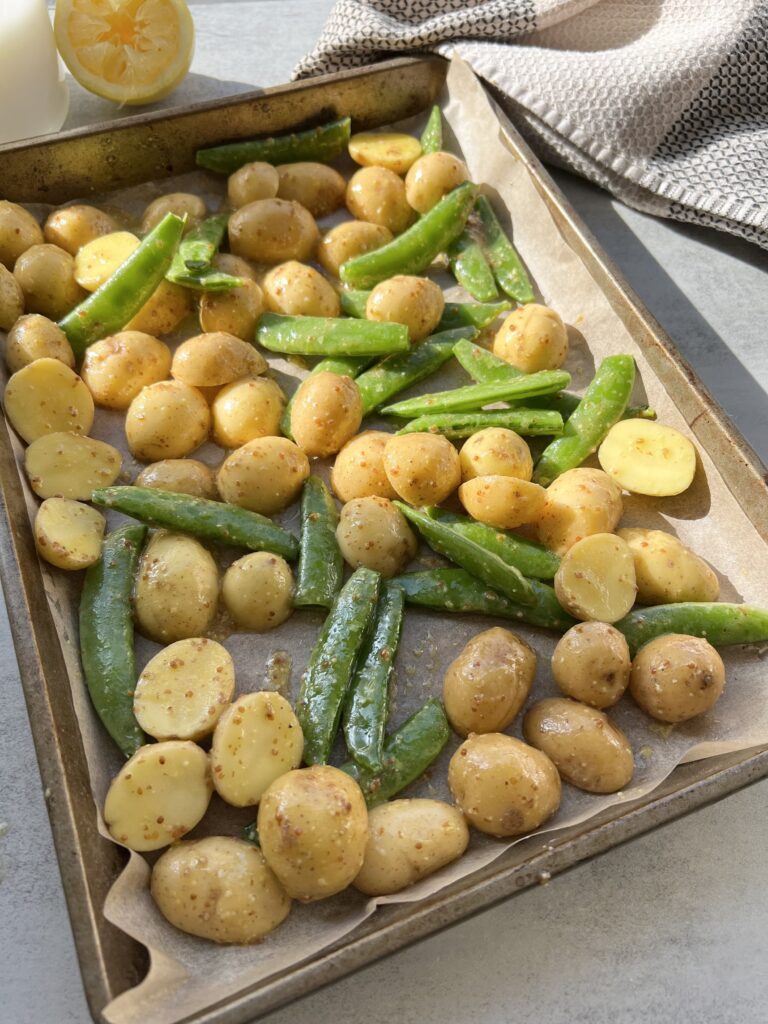

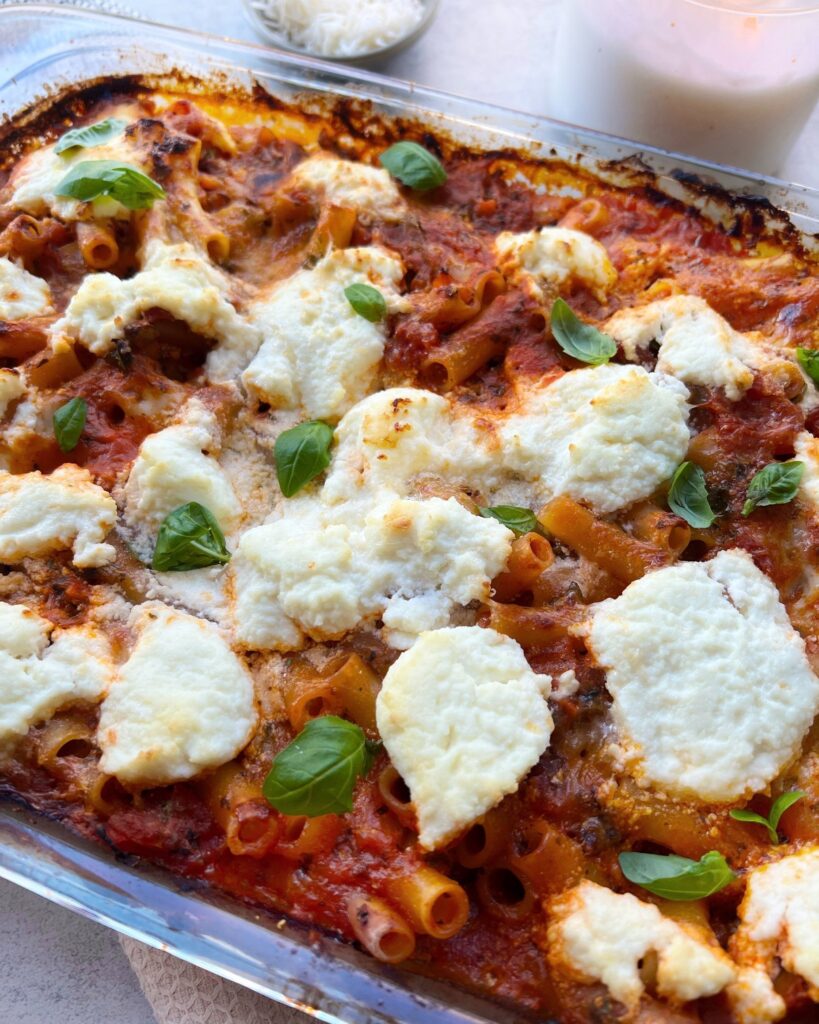

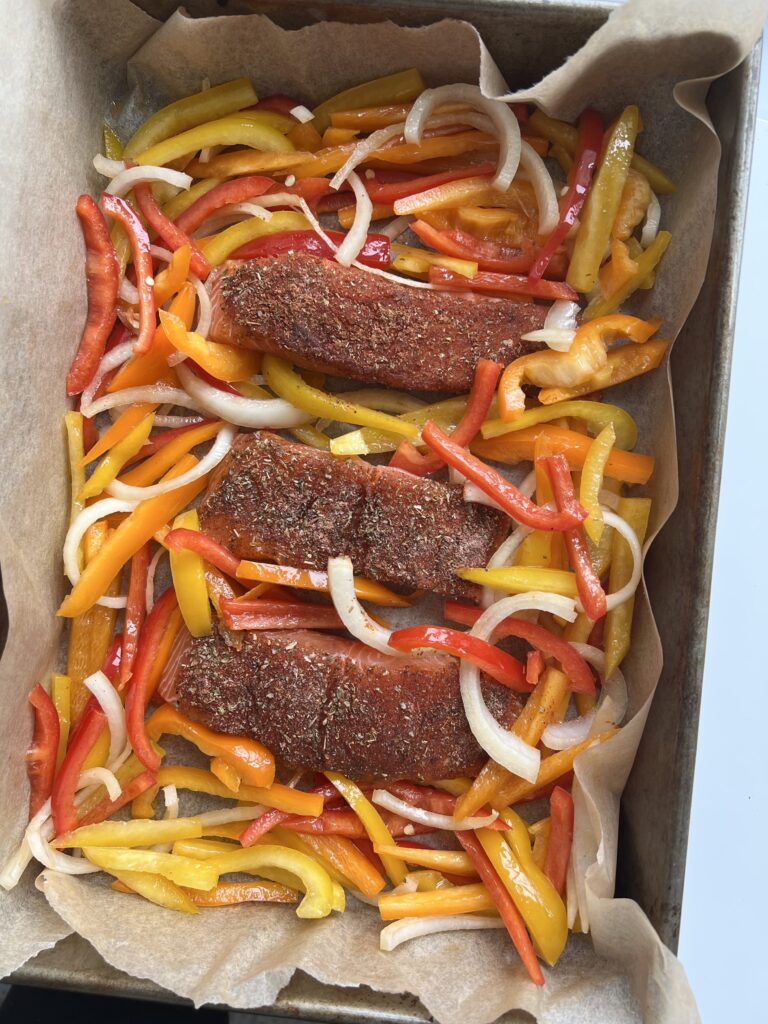



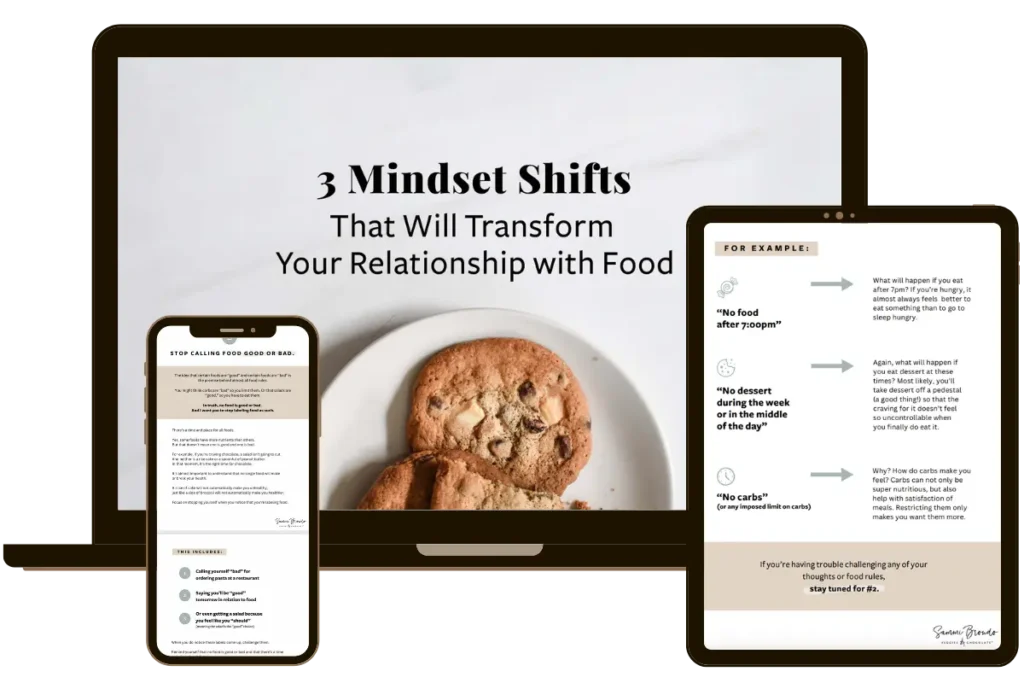
Would have been a wonderful article had you added the recipes , ( or links) for all the great things you can make.